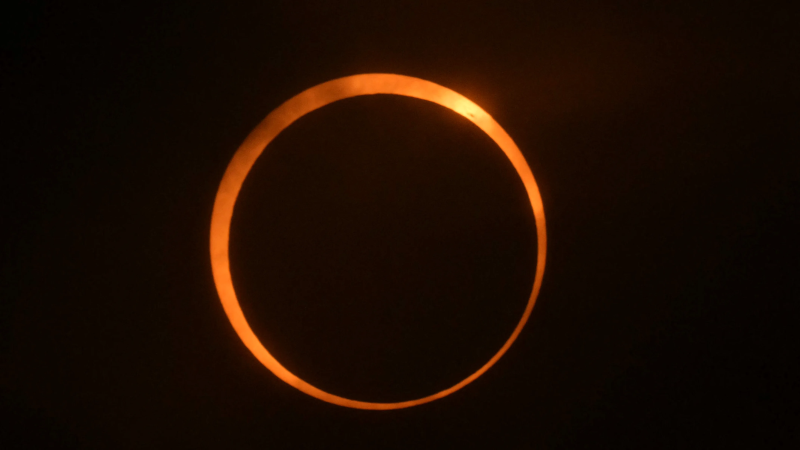Deadly Maui fire sparked from blaze believed to have been extinguished, report says
The Maui wildfire that devastated an entire coastal town and killed more than 100 people last year was caused by the "re-energization" of broken power lines that ignited unmaintained vegetation near a utility pole, officials confirmed in their findings released Wednesday.
The Aug. 8, 2023, fire claimed at least 102 lives and destroyed over 2,000 structures in the historic town of Lahaina — making it one of the deadliest wildfires in U.S. history. The blaze, fueled by high winds and dry vegetation, rapidly spread as chaos overtook the town, sending some residents fleeing into the ocean and trapping others in their vehicles.
Authorities initially determined that the flames were caused by severe weather and that strong winds stoked the fires in coastal communities. But in a nearly 300-page report released Wednesday from the County of Maui Department of Fire and Public Safety (MFD) and U.S. Bureau of Alcohol, Tobacco, Firearms and Explosives (ATF), officials said the devastation was caused by a single fire that was believed to be extinguished but later reignited.
"In sum, the origin and cause of the Lahaina fire is clear: the re-energization of broken power lines caused sparks that ignited unmaintained vegetation in the area," MFD Chief Brad Ventura said during a news conference Wednesday.
The MFD and ATF also concluded that the cause of the blaze was accidental. Ventura said there was "no definitive conclusion" on how the ignition started but noted that it was most likely due to high winds and dry conditions that day.
"We want to make abundantly clear to Lahaina and to our Maui community that our firefighters went above and beyond their due diligence to be as confident as they could be that the fire was completely extinguished before they left the scene," MFD Assistant Chief Jeffrey Giesea said at Wednesday's news conference.
'You lost the community':Lahaina residents look for hope a year after the fires
Firefighters remained at origin site for hours
The report offered a timeline of the firefighters' response to the initial fire. The fire began at around 6:34 a.m. on Aug. 8 and originated from overgrown vegetation at and surrounding a utility pole, according to the report.
The report added that the re-energization of broken power lines had sparked the fire. Fire crews quickly arrived at the scene to extinguish the blaze, which was contained before 9 a.m.
Giesea said firefighters had remained at the scene for over five and a half hours after the fire was fully contained and extinguished. Crews detected no visible signs of the fire, such as flames, smoke, or perceptibly combusting material.
But despite the crews' monitoring for several hours, embers from the fire remained undetected and were rekindled, according to Ventura. Officials added that a piece of smoldering material may have been blown into an adjacent, dry gully and caused the rekindling event.
Fire crews left the scene at about 2:18 p.m. after deploying a "significant number of resources," Ventura said. By 2:52 p.m., the fire reignited and quickly spread to nearby residential areas.
"Multiple hypotheses for this rekindle event remain open, with no definitive conclusion reached for exactly how the ignition source found susceptible fuel," Ventura said.

Aftermath of Lahaina fires
Wednesday's report is the latest in several investigations into the Lahaina fires, including emergency response delays and infrastructure problems that were blamed for the widespread destruction.
In February, Maui police released a preliminary report on its response to the disaster, which revealed that extreme conditions, misinformation, and widespread confusion affected the emergency response. Two other reports released in April found that communication breakdowns and a lack of preparedness contributed to the fires.
Local residents also blamed Hawaii's largest utility, Hawaiian Electric Industries. The utility company faced multiple lawsuits filed on behalf of hundreds of home and business owners who claimed the company failed to shut off power lines despite warnings that high winds might blow them down and spark wildfires.
In August, the company said it agreed to pay about half of a more than $4 billion legal settlement that would compensate victims.
"We deeply regret that our operations contributed to the fire that ignited in the morning," Hawaiian Electric Industries said in a statement Wednesday. "Confronted by an extraordinary weather event and a chaotic situation, our employees brought their best efforts to their jobs, as they do every day."
Contributing: Reuters
Disclaimer: The copyright of this article belongs to the original author. Reposting this article is solely for the purpose of information dissemination and does not constitute any investment advice. If there is any infringement, please contact us immediately. We will make corrections or deletions as necessary. Thank you.







